posted by
Samar on
February 6, 2014
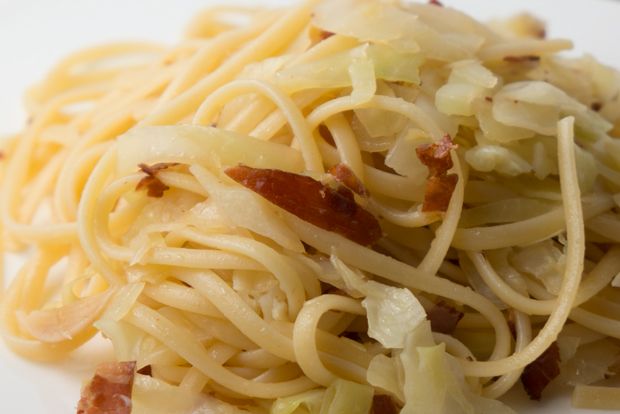
For something with such an unglamorous reputation cabbage is surprisingly tasty and versatile. Just think of kimchi. Or my cabbage fried rice with asafetida recipe. And highly nutritious, too. The Italians seem to have a particular genius for using this humble vegetable, marrying it to anchovies or cheese to make delectable dishes. Thus, searching through Molto Batali: Simple Family Meals in search of inspiration, I was immediately drawn to a pasta recipe involving cabbage and speck (smoked prosciutto). As is typical of Italian–and more generally Mediterranean–cuisine, you need just, er, a speck of meat. But it adds tremendous flavor to the dish, especially welcome at this time of year when fresh produce is in scarce supply. Incidentally, check out this post by Martha Shulman on the health benefits of cabbage and some fantastic recipes.
posted by
Samar on
January 28, 2014
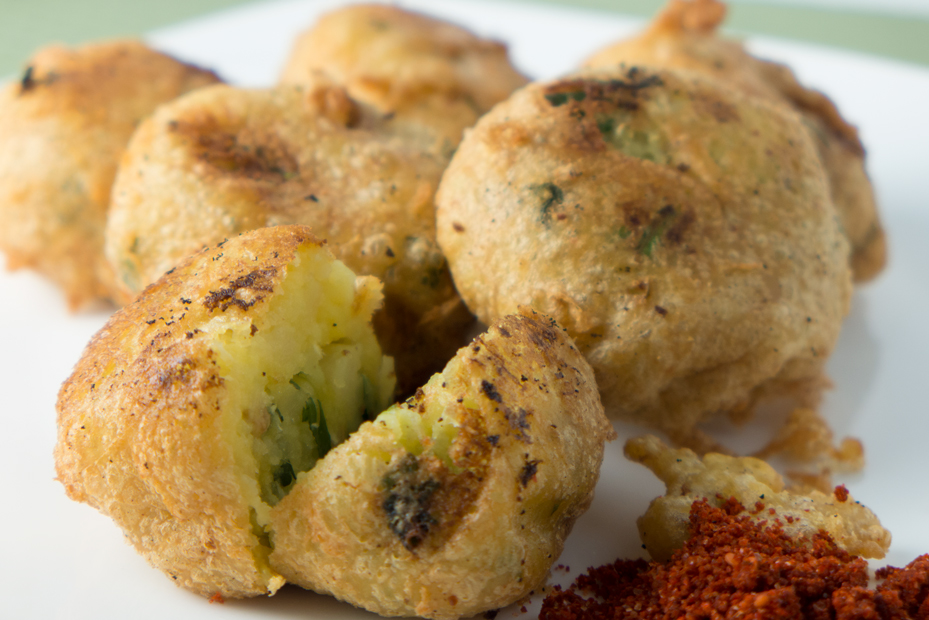
I recently returned from a month-long trip to India and Japan with lots of new recipes under my belt (having eaten rather too well I mean that both figuratively and literally!). I’ll be sharing some of them in the coming weeks and I thought I’d start with one that is hugely popular throughout India: batata vada. This is a sort of potato (batata) fritter (vada) found just about everywhere, from fancy restaurants to school cafeteria menus. But it is most commonly eaten as an on-the-go snack called “pav vada” in the street food capital of India, Mumbai, where it is famously stuffed between loaves of bread (“pav“) slathered with a spicy green coriander or red garlic chutney. A vegetarian hamburger as it were. Roadside stalls selling pav vada are as numerous as those hawking that other snack beloved of Mumbaikers: chutney sandwich.
posted by
Samar on
December 28, 2013
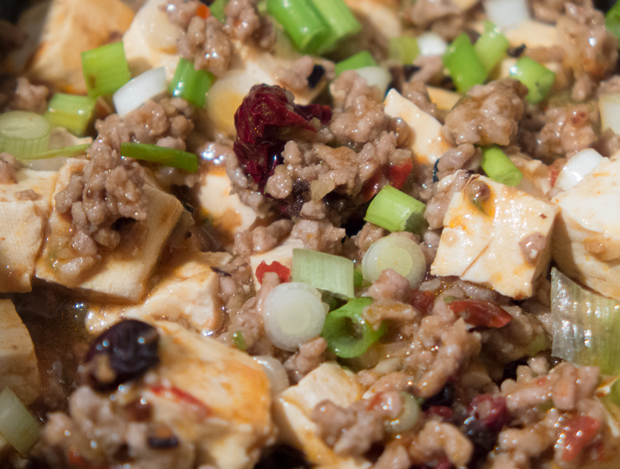
I’ll admit it: the main reason I started making tofu at home is so I could make mapo dofu (麻婆豆腐), one of my all-time favorite things to eat and cook. This epitome of Sichuanese cooking is likely the dish through which most people first experience the food of that Chinese province. You wouldn’t necessarily expect this popularity from the simplicity of the dish (basically meat and tofu in a spicy sauce). Nor does the name inspire much confidence. Legend has it that an old woman (po; 婆) with a pockmarked face (ma; 麻) created it for a passing traveler who was quite taken by it. The rest, as they say, is culinary history. Mapo dofu is to be found on Chinese restaurant menus throughout the world but, unless you happen to be living in Chengdu, its putative birthplace, the homemade version is far superior.
posted by
Samar on
November 27, 2013
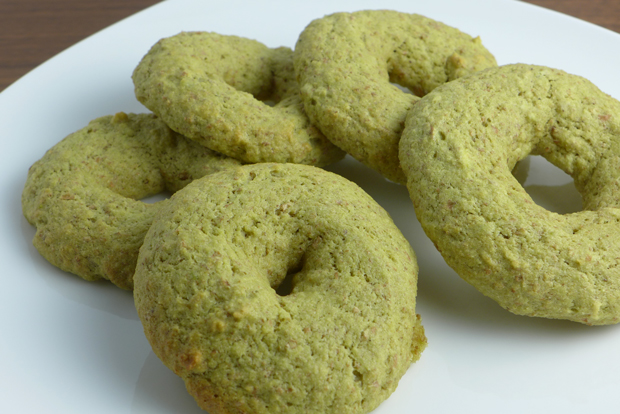
When food lovers visit Japan they seek out the best rāmen and kaiseki restaurants. I go for the donuts. Yes, you read that right: donuts. In fact, one of the first things I do when I visit is make a beeline for the neighborhood Mister Donut, a cheap and cheerful chain of cafes selling everything from donuts to rice porridge. Japanese donuts are quite different from the cloying, calorie bombs you would find at a Dunkin’ Donuts or Krispy Kreme. They are much less sweet and quite a bit smaller. More interestingly, they frequently incorporate ingredients such as rice, soybeans, and sweet potato, adding both texture and flavor.
posted by
Samar on
October 23, 2013
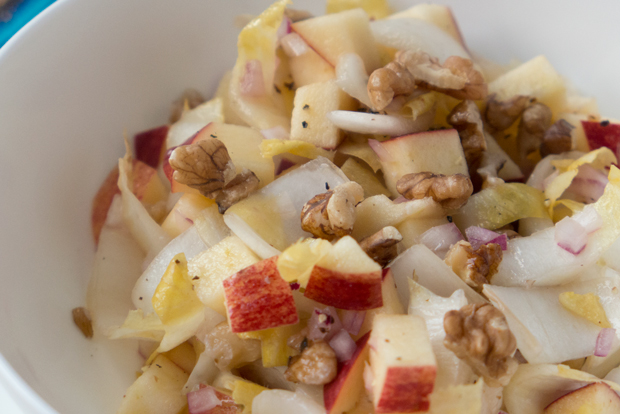
One of the fantastic things about living in Oxford is how close and easily accessible the countryside is. (Coming from Manhattan, verdant Oxford itself often feels like the countryside!) In fact, a short train or bus ride will take you to the Cotswolds, a famously pretty part of Britain characterized by rolling hillsides, cute little villages, historical churches dating back to the Normans, and roads that travel along routes originally laid down by the Romans and marking the western edge of their empire. But the Cotswolds are also known for some very good restaurants and gastropubs that fully exploit the local produce, from cheese to lamb (historically, much of the local wealth was associated with sheep farming and trading).








